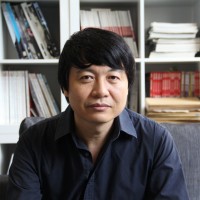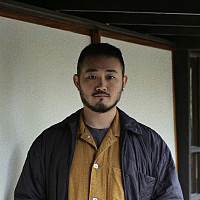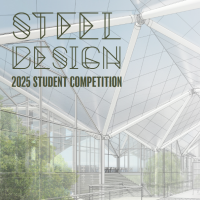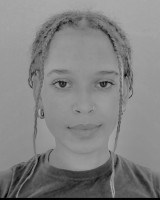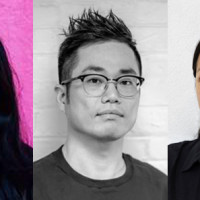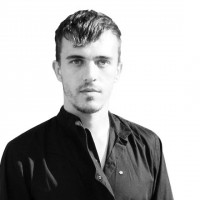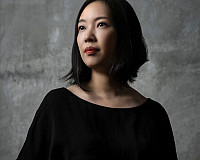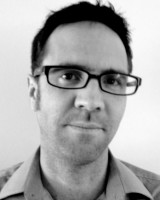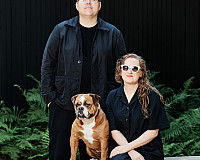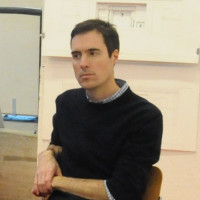Li Han and Hu Yan
Co-founders of Drawing Architecture Studio (DAS)
A Little Bit of Syracuse
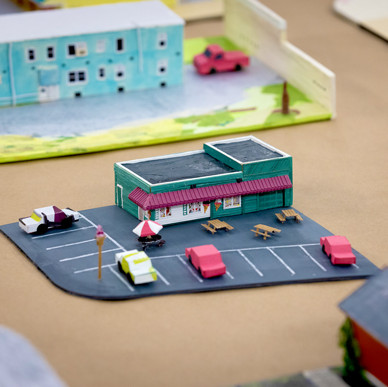
“A Little Bit…”
Li Han and Hu Yan
Drawing Architecture Studio
Beijing, China
In our professional practice we have always focused on drawing. Our earliest works made use of techniques adapted from graphic novels, Chinese landscape painting, and traditional and contemporary architectural drawing techniques. In those early works, including our first book, A Little Bit of Beijing (2013), we developed a sophisticated digital drawing approach that we believed would allow us to represent the complexity of the city most accurately. But after some years, and after completing many large-scale drawing projects, we realized that our insistence on precision and accuracy left out many of the chaotic, noisy imperfections of the city.
Having achieved as much as we could through drawings, we decided to shift our attention to making models, which we hoped would “fill in” the rough characteristics and features of the city—the bumps, wrinkles and imperfections that had been smoothed out by our digital drawing techniques. This was especially important as we had always been primarily interested in the normal buildings that form the backdrop of everyday life in the city. And to achieve the kind of rough, everyday quality of these normal buildings we knew that the models would have to be hand-crafted using simple materials like paper, wood and glue.
In more recent projects we have employed both large-scale digital drawing—most often realized as scroll drawings—and hand-crafted models to create a hybrid, and we believe more “realistic,” depiction of the city. We brought this hybrid, experimental approach to the studio we taught this last spring at Syracuse Architecture. Entitled “A Little Bit of Syracuse,” the studio, like our first book, set out to create a narrative of daily life in the city. But in “A Little Bit of Syracuse” we had the advantage of working with ten students who brought their own perspectives, their own ways of experiencing the city, and their own unique approaches to making the hand-crafted models. We have lived in Syracuse for only six months, so we are not experts, but we have found that the texture of the city is more finely grained, more authentic and richer than in large cities like New York, for example, where so many of the famous buildings are like those found in Paris, London or Beijing. And somehow, we also believe that this special quality of the buildings—which you “feel” in the models, and which is revealed in five narrative sections or stories in the long scroll drawing—can be found in many cities like Syracuse.
Of course, you can find such texture and uniqueness even in large cities like New York or Beijing. That is what we saw in the Edward Hopper show at The Whitney Museum of American Art in New York City this past spring. Hopper did not focus on New York’s famous buildings or landmarks but instead on “working buildings,” on large-scale infrastructure but also on small, human-scale, everyday buildings. We took a similar approach in teaching the studio and the students responded by creating the exquisitely crafted models and expertly detailed drawings you now see in the show.
Extracted from a conversation with Michael Speaks, Dean and Professor, Syracuse University School of Architecture

